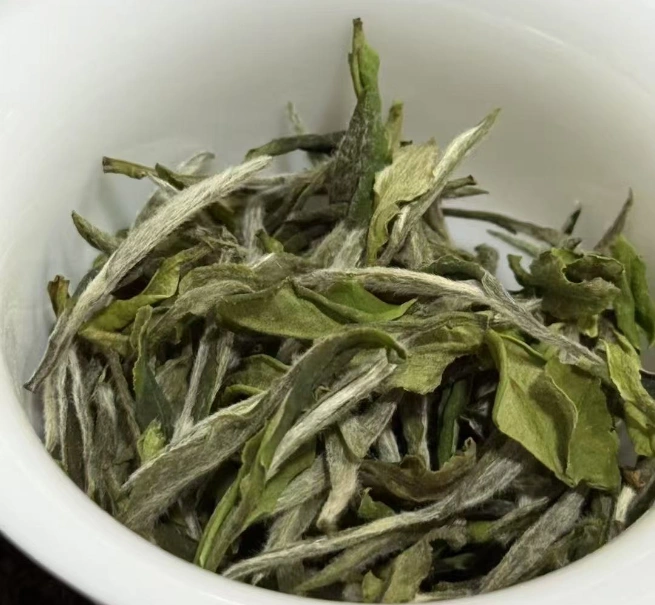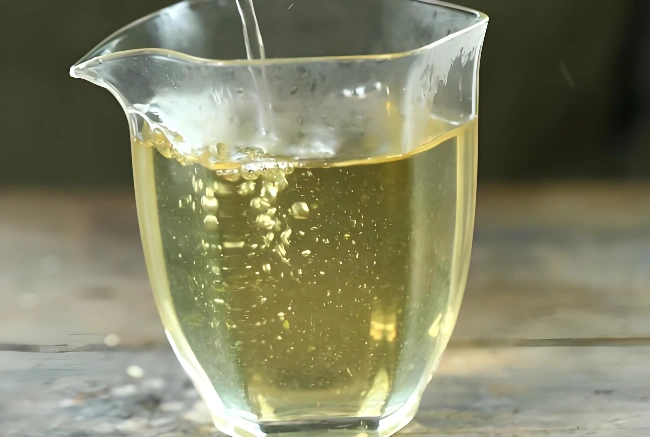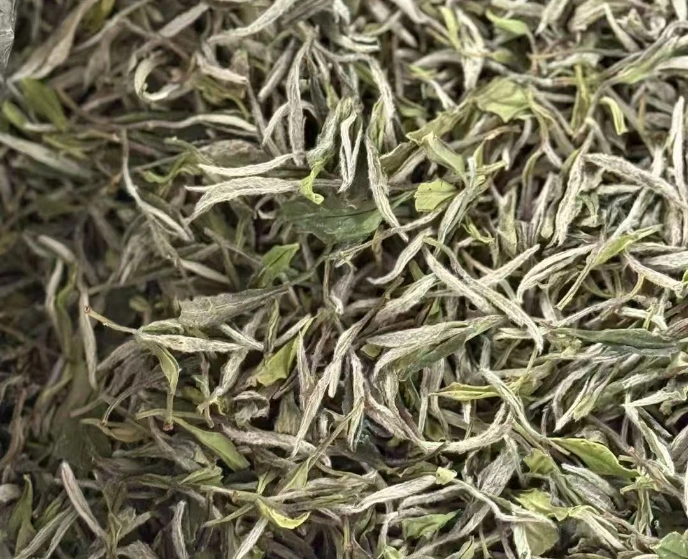White Peony tea (Bai Mudan) invites you on a sensorial voyage where each sip reveals silky sweetness and whispered floral notes. Imagine cradling a warm, pale-golden infusion whose velvety aroma evokes spring mornings in Fuding’s misty gardens.
In this article, you’ll dive deep into the heart of White Peony tea (Bai Mudan)—from its storied origins and artisanal processing to optimal brewing techniques, nuanced flavor profiles, and healing benefits. Get ready to awaken your senses and honor a timeless treasure.
What Is White Peony Tea (Bai Mudan)?
White Peony tea (Bai Mudan) is a premium white tea variety distinguished by its combination of one tender bud and two to three adjacent leaves, resulting in an amber‐tinted liquor with fuller body than Silver Needle yet more delicate than Shou Mei. According to Wikipedia – White tea, Bai Mudan undergoes minimal oxidation and no rolling, preserving natural leaf shape and delicate compounds. This careful processing unlocks nuanced aromas of fresh-cut melon, wildflowers, and honeyed sweetness.

Origin & Cultivar
Nestled in China’s Fujian province, the Fuding region reigns supreme for White Peony tea (Bai Mudan). Here, the famed “Da Bai” cultivar—literally “Big White”—thrives in cool mountain air and mist-laden soil. Two primary strains compete for prestige:
- Fuding Dabaihao: Yields long, jade-green leaves with prominent silvery fuzz, prized for its brisk sweetness.
- Zhenghe Dabaihao: Offers sturdier leaves and an earthier base note, favored by connoisseurs seeking depth.
These cultivars, collectively known as Fuding white tea, showcase subtle terroir shifts: soil minerality in Zhenghe versus floral brightness in Fuding proper.
Traditional Processing & Loose Leaf Characteristics
Withering & Drying
Once hand-plucked, White Peony tea (Bai Mudan) leaves rest in shaded racks for ambient withering. This softens leaf cell walls and concentrates natural sugars. A gentle indoor drying follows, where low‐heat ovens remove excess moisture without triggering oxidation.
Minimal Oxidation
True to white tea’s ethos, processing halts oxidation at under 5%. This preserves catechins, amino acids, and essential oils—compounds responsible for both the tea’s delicate bouquet and its renowned white tea health benefits.
Loose Leaf White Tea Form
The result is a heap of loose, wiry leaves flecked with silvery down—classic loose leaf white tea. Proper storage in airtight, opaque containers at low humidity safeguards these fragile leaves from staleness and UV damage.
Flavor Profile & Brewing Techniques
Tasting Notes
A well-crafted cup of White Peony tea (Bai Mudan) dazzles with layered flavors:
- First Infusion: Subtle honeydew sweetness underlined by a cool minerality.
- Second Infusion: Gentle floral perfume—think jasmine petals—drifting into a smooth, almost creamy finish.
- Later Steeps: A whisper of toasted almond and light fruit, underscoring the tea’s complexity.
Optimal Brewing
- Water Temperature: 75–85 °C (167–185 °F) to avoid scalding delicate leaves.
- Tea-to-Water Ratio: 3 g tea per 150 ml water.
- Steeping Time: 2–4 minutes for the first brew; add 30 seconds for each subsequent infusion.
- Multiple Infusions: Expect 4–6 steeps as flavors unfold gracefully.

🔗 To learn more about how to make tea, check out Tanbiwencha’s YouTube video explaining how to make tea
Health Benefits of White Peony
White Peony tea (Bai Mudan) isn’t just a delight—it’s a wellness ally. Key white tea health benefits include:
- Antioxidant Power: Rich in polyphenols that neutralize free radicals, supporting skin health and reducing oxidative stress.
- Gentle Detox: Mild diuretic action aids toxin elimination and promotes healthy hydration.
- Calming Amino Acids: L-theanine encourages focused relaxation, ideal for mindful tea moments.
Emerging studies suggest white tea compounds may also help regulate blood sugar and support immune function—underscoring why a daily cup can be both a pleasure and a gift to your health.
Buying & Storage Guide
To select top-tier White Peony tea (Bai Mudan):
- Dry Leaf Appearance: Look for uniformly sized leaves with abundant silvery trichomes (white hairs).
- Aroma Check: A fresh, hay-like fragrance indicates recent production.
- Trusted Sources: Purchase from reputable tea artisans or specialty vendors; compare loose-leaf white tea against bagged options, which often contain fannings rather than whole buds.
For storage, use an airtight tin in a cool, dark place—avoid refrigerators, which introduce moisture and odors.

FAQs
Q: How does Bai Mudan differ from Silver Needle?
A: Bai Mudan blends buds with leaves, yielding a fuller body and more pronounced sweetness than the pure bud composition of Silver Needle.
Q: Can I re-steep Bai Mudan?
A: Yes—expect 4–6 flavorful infusions when you follow proper steeping increments.
Q: What’s the best environment for keeping white tea?
A: Store in an opaque, airtight container at room temperature, away from direct sunlight, strong odors, and moisture.
Conclusion & Call to Action
Embarking on the White Peony tea (Bai Mudan) experience is to honor centuries of craft in every fragrant sip. From misty Fujian hills to your teacup, this delicate white tea weaves together tradition, terroir, and healthful elegance. Ready to indulge? Seek out premium loose-leaf Bai Mudan, perfect your brewing ritual, and share your discoveries—one exquisite cup at a time.



